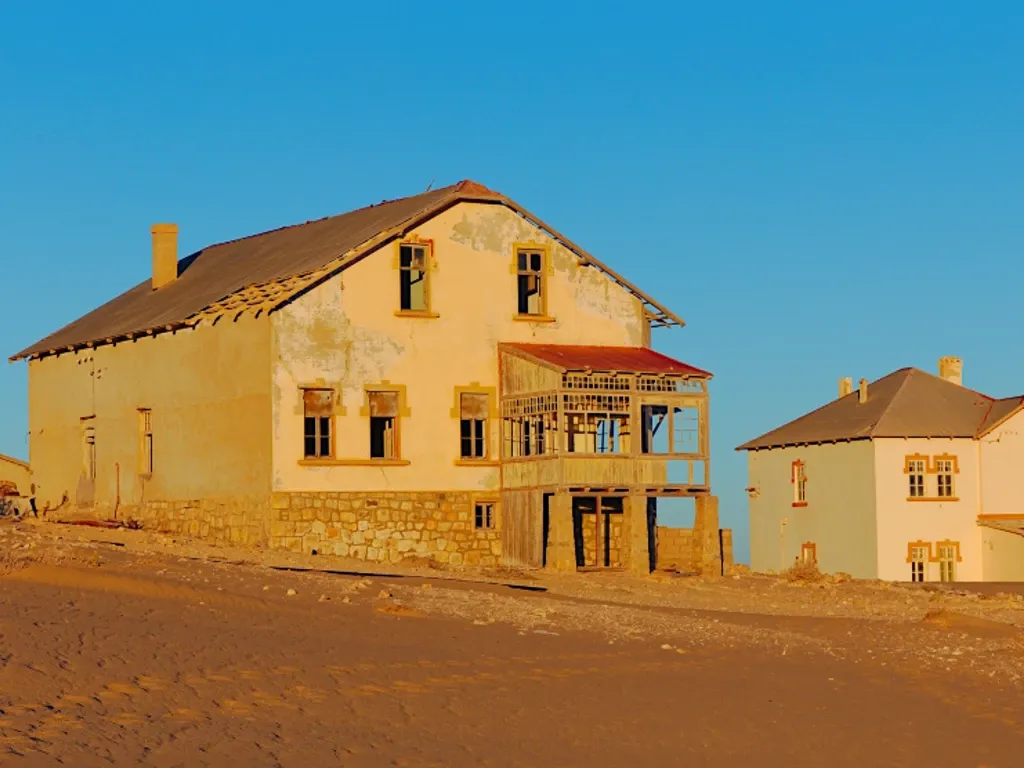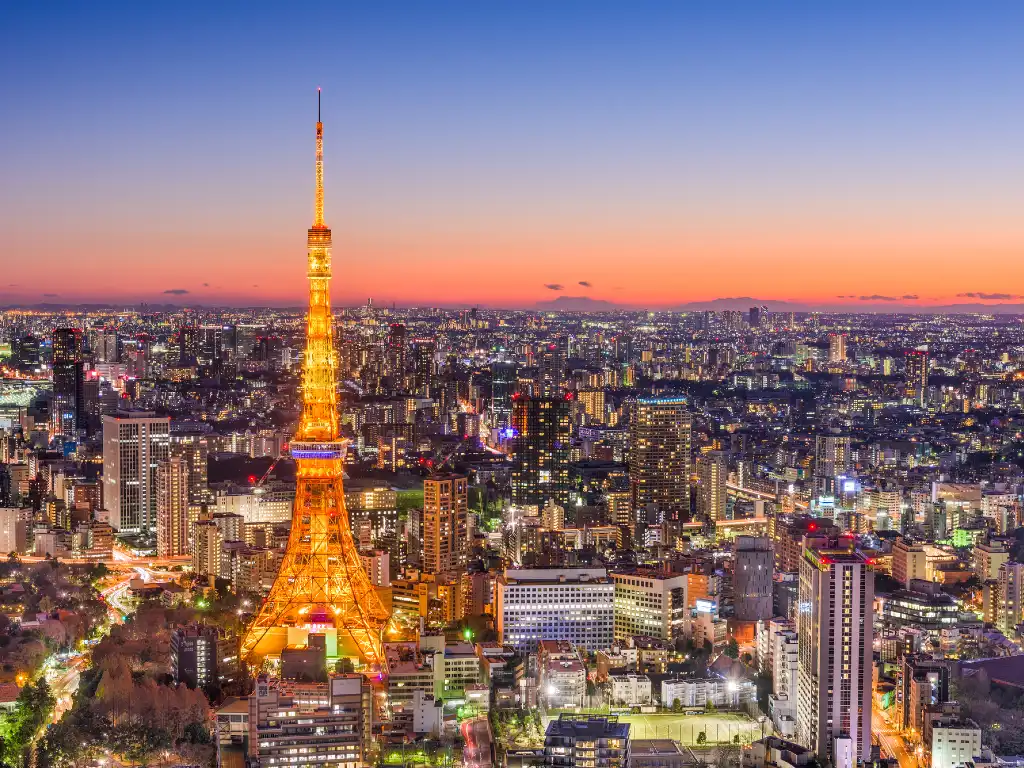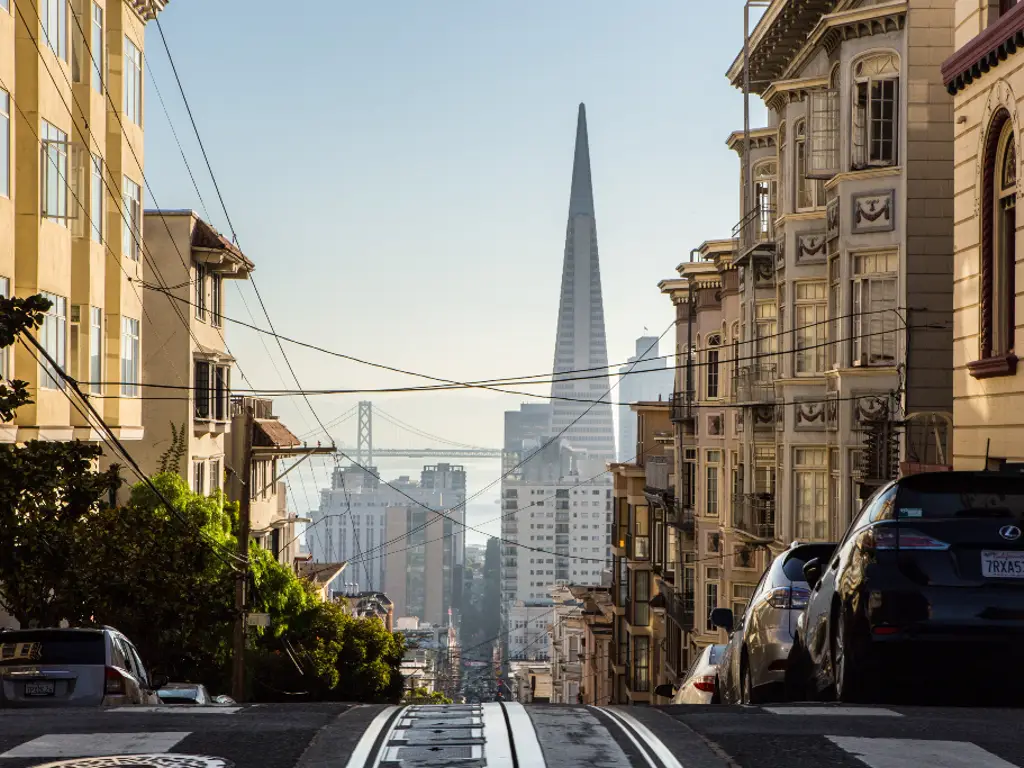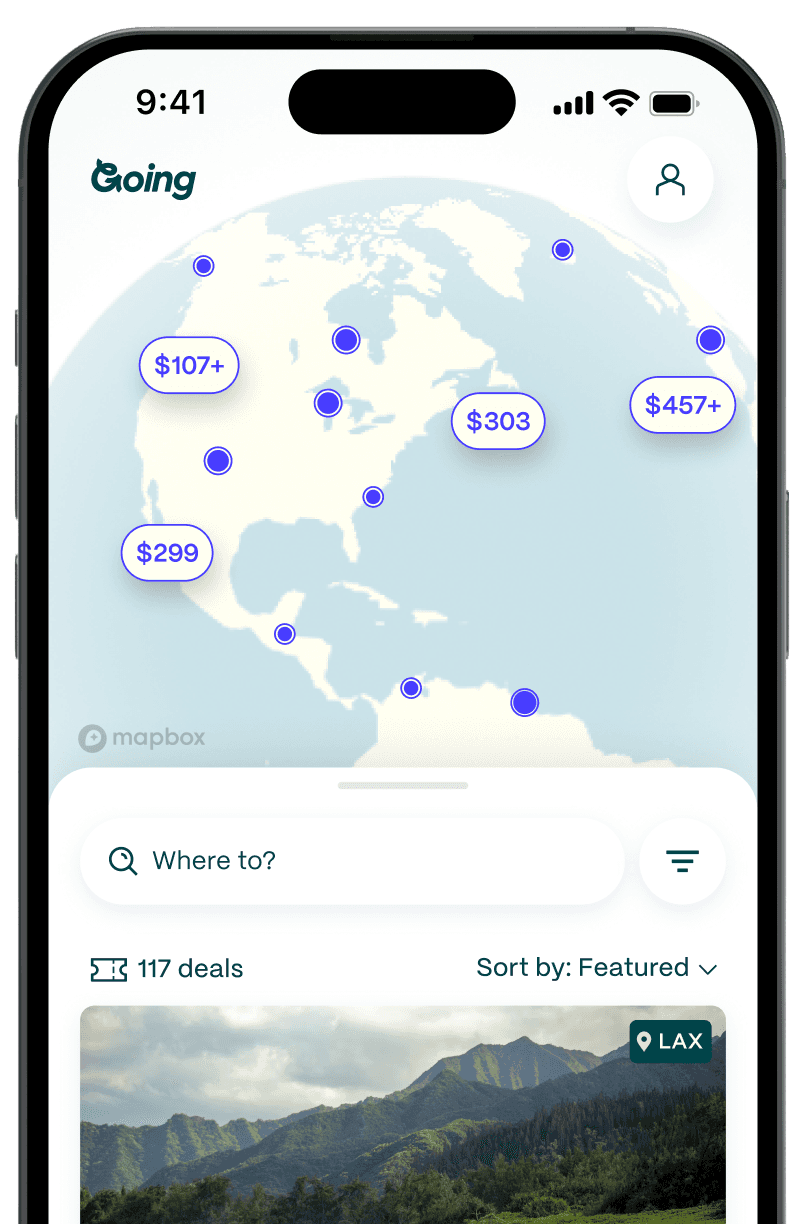
Kolmanskop: The Namibian Diamond-Mining Town Swallowed by Sand
Wooden doors are stuck ajar in two feet of soft white sand, wind blows through large vacant rooms, and the remaining scraps of once-elaborate floral wallpaper cling to the walls as the desert continues its efforts to completely reclaim the town.
This is Kolmanskop, eight miles from the coastal town of Lüderitz in southwestern Namibia—it’s also one of the eeriest places on Earth. You’d be forgiven for thinking you were standing on the set of some dystopian science fiction film. It’s what remains of a town that was both established and abandoned in humankind’s quest for riches in the first half of the 20th century.
Parts of the town remain relatively unchanged. The official Kolmanskop tour, available through Ghost Town Tours, starts in the former storekeeper’s house. It has been maintained or restored to look as it would have in the town’s heyday, complete with antique furniture and devoid of the desert sand that is filling many of the town’s other buildings. The tour guide directs the group’s attention to the log book that lists the orders of the town’s former residents: French Champagne and caviar.

Just outside, the frame of a train stands, hinting at the story of how the town was established. Zacharias Lewala is to thank—a railway worker who was maintaining the train tracks in the area in 1908 when he discovered diamonds. He reported his findings to his German supervisor, August Stauch, who obtained a prospecting license and started something of a diamond rush. (Sadly, Lewala, as a disempowered and oppressed Black man living in what was then German South West Africa, was never rewarded for his discovery.) The German government immediately declared a large area surrounding the town as a “Sperrgebiet”—an area forbidden to unauthorized persons—so only the diamond company and miners had access to the area.
The discovery and declaration came on the heels of horrendous colonial-era acts conducted in what is now the nation of Namibia, wherein German forces committed genocide against tens of thousands of Herero and Nama people between 1904 and 1908, which the German government formally recognized in 2021. As a result of their violent colonial rule, the Germans controlled as much as 30% of the world's diamond supply.
The tour guide explains how the town grew rapidly to accommodate 800 mine workers and 300 other residents, including about 40 children. It quickly became one of the richest towns in Africa, with over 5 million carats of diamonds mined between 1908 and 1914. According to Cicely Burgess at Ghost Town Tours, the workers were paid well for the time. However, it's clear it was the Germans who profited the most and lived in the nicest homes in the most desired parts of town.
Learning how they maintained life is fascinating, from the drinking water that had to be shipped by rail in from Cape Town (700 miles away) to how they used a combination of ammonia, seawater, and freshwater to make ice in the desert. In addition to basic amenities like a school, a power station, and a hospital, they also had a bowling alley, a sports hall, a ballroom, and a casino—all of which remain scattered around the ghost town, some of which are open for you to explore.

While all of this was very interesting, this was not the Kolmanskop I personally wanted to see, the Kolmanskop that had been on my bucket list since I first heard it existed. That Kolmanskop was found in the row of widely dispersed houses on the hill. We had limited time, but I made use of every second I could to explore as much of the wealthiest part of town as I could.
Opulent houses in German architectural style stand disintegrating in the desert. Visiting opera singers from Europe once gazed out of these large windows overlooking the town and the mine. Now only a few dusty panes remain intact. Brightly painted walls have faded. In some spaces, wooden floorboards have given way to carpets of fine sand as if intentionally placed there for some quirky themed event that guests would talk about for years to come, and in other spaces, mounds of sand engulf entire rooms as if placed there for a prank or an avant-garde art installation.
The contents of these homes are long gone, along with the residents who once lived here. By the 1930s, the diamond numbers were diminishing, and when bigger diamonds in more abundant supplies were found farther down the coast, it didn’t take long for people to leave town. By the mid-1950s, no one was left. Only a number of clawfoot bathtubs— too heavy to be removed—are scattered throughout the homes.

Getting there
- The nearest major airport to Kolmanskop currently in operation is Oranjemund Airport (OMD), but most international flights arrive at Hosea Kutako International Airport (WDH) in the capital city of Windhoek. (Lüderitz International Airport is less than two miles from Kolmanskop but has a history of halting commercial passenger flights, so check whether they are receiving them before you travel). You can rent a car and drive approximately 3 hours 40 minutes to Kolmanskop from Oranjemund or about 8 hours from Windhoek. Car rentals from Europcar start around N$610 ($32 USD) per day. Alternatively, you can fly to Cape Town and travel to Kolmanskop via a cruise. Norwegian Cruise Line offers cruises to Lüderitz, including shore excursions to Kolmanskop.
- Average Going deal for flights to Namibia: $647 RT
How to do it
- Best time to go: The weather in Namibia is pleasant year-round, but the wind makes the warmer months (November–April) more enjoyable to visit. As the town is in a restricted diamond area and national park, it is only open to tourists daily from 8am-1pm. Guided tours, which meet at the casino building, are given Monday–Saturday at 9:30am and 11am and on Sundays and public holidays at 10am.
- Cost: Permits are required to enter the town; if you purchase a permit, a guided tour is included in the cost. They cost N$130 (approximately $8 USD) for adults and N$50 (approximately $3 USD) for children ages 6–14. If you want to enter the town to take photos outside of normal operating hours, an amateur photo permit is required. This costs N$330 (approximately $22 USD). You do not need a photo permit to take photos if you visit the town within its normal operating hours unless you are a professional photographer, in which case you’d need a special permit. The town is strictly off limits between sunset and sunrise. You can get permits at the Kolmanskop gate, the Desert Deli in Lüderitz, or online through Ghost Town Tours.
- Safety considerations: Keep in mind that some of the buildings are not structurally sound; be sure to clarify with the guides where you are allowed to explore.
- Tips: You’ll be in a desert, but that doesn’t mean you’ll be hot. The wind can be quite cold, so bring a jacket. Hair ties are a good idea for anyone with long hair. Sunscreen is also recommended, as well as a hat (one that you can securely fasten to your head) and comfortable walking shoes or sandals that won’t fill with desert sand.
Other guides to Africa
- Ali Barbour’s Cave Restaurant, Kenya
- Rwanda
- Dakar, Senegal
- Ghana
- Cape Town, South Africa
- Johannesburg, South Africa
- Namibia
- Nairobi, Kenya
This article has been updated from a previous version to include more information about German colonization in Namibia.
Last updated December 19, 2023
Articles you might like
View All
Where to Stay in Tokyo: The Best Neighborhoods and Hotels in 2026
Dec 19, 2025
12 min read

Where To Stay in Seattle: Best Neighborhoods and Hotels for 2026
Dec 19, 2025
10 min read

Where To Stay in San Francisco: Best Neighborhoods and Hotels for 2026
Dec 19, 2025
17 min read






